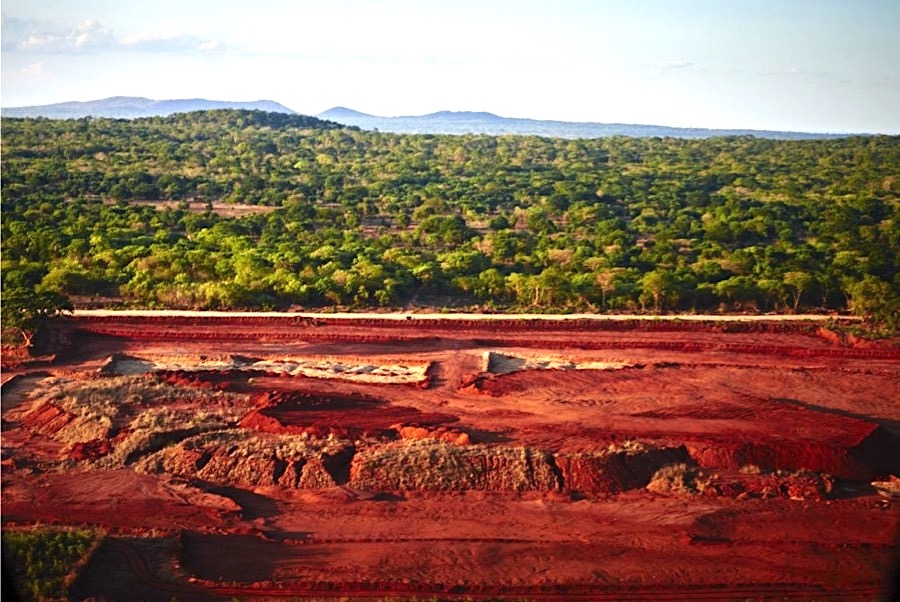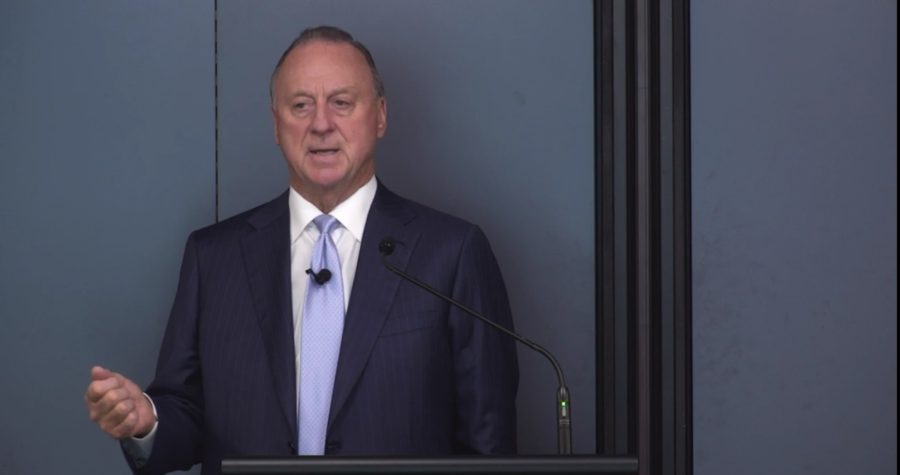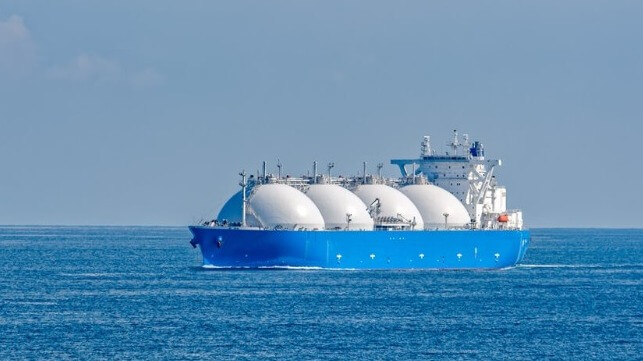The global supply chain is dependent on an efficient maritime transportation system, and flag states are the catalyst for ensuring the integrity of this system.
Their role is complex and multi-layered. Registries simultaneously serve as regulatory enforcers and shipowner advocates while also competing against each other to attract business. In a world where shipowners face all kinds of challenges – ambitious IMO regulations demanding zero emissions by 2050, armed conflicts disrupting shipping routes and a labor shortage affecting every skilled position at sea – the best way to avoid headaches is to choose the right flag for their vessel.
One-Stop Consultancy
Global Maritime Consultants Group (GMCG) can help. It’s a one-stop consultancy with a deep appreciation of the variety of roles flag states perform in the global supply chain.
For over 35 years, shipowners have relied on GMCG for services such as marine surveys, counsel in matters of maritime law, engineering support and seafarer training. GMCG helps owners liaise with registries and port states and understands the relationship between owners, registries and the IMO.
“Beyond enforcement, a registry plays a crucial role in supporting the day-to-day operations of vessels,” says Ranim Obeid, GMCG’s Head of Legal Services. “Effective registries provide the necessary framework for compliance and operational efficiency.”
The company operates out of 19 global locations providing 24/7 customer support and has built a reputation for excellence. It works with every major registry and knows shipowners will seek registries that meet their own unique requirements. Registries that can provide technical assistance for retrofitting older vessels, offer financial incentives for compliance and support the adoption of alternative fuels are highly desirable as are those that host international forums and provide up-to-date guidance on evolving regulations.
There’s something for everyone, and GMCG can help you find it.
Estonian Transport Administration
One of the biggest challenges facing flag states and owners alike is how to retrofit currently active, seaworthy and capable older vessels to be compliant with future green IMO initiatives. In this regard, the Estonian Transport Administration (ETA) is taking a proactive approach by creating a retrofit hub in Estonia with state-assisted financing when utilizing top-tier contractors.
Helena Rattus, head of ETA’s Maritime Development & Competitiveness Department, says, “We told shipowners ‘We’re listening, and we’d like to improve our service.’ Shipowners told us it’s all about service. They need 24/7 service, fast responses, constant cooperation and support. They want a partnership between the ship and the flag state.”
Estonia is taking what they hear from shipowners seriously. Its policy of “Bringing ships under Estonian Flag” promotes Estonia as a maritime country, and the best method for accomplishing this is to offer favorable conditions for owners.
These conditions include four key features. The first is a simple and transparent tax system along with state aid benefits. The second is digital solutions such as an automated system with 99 percent of government services available online 24/7. The third is a competitive and developing business environment that is welcoming to start-ups and offers opportunities for discussion with the Estonian Business & Innovation Agency for financial support.
The fourth key feature is the variety of high-quality shore services. Estonia has a long and proud maritime history and offers extensive ship repair and shipbuilding facilities. Owners who qualify sail under a flag that promotes green shipping, is highly digitalized, business-friendly and distinguished for its commitment to international standards. It’s a flag of quality, not convenience.
Cayman Islands
The Cayman Islands Shipping Registry (CISR) is a key supporter of the global maritime economy. Evolving from the Cayman Islands’ rich historic seafaring and shipbuilding industries, CISR recently celebrated its 120th anniversary.
It views the role of the flag state as being the primary interface between the IMO and owner/operators and being ultimately responsible to ensure that vessel operations are conducted as safely and efficiently as possible.
Coming into full force in March 2024, the Merchant Shipping Act updated previous legislation, enabling the CISR fleet to stay current, if not ahead of international regulatory conventions. CISR supports its clients at the operational level by posting up-to-date guidance and coordinating appropriate responses, something all vessel operators can appreciate considering the recent conflicts and geopolitical turmoil that have negatively impacted maritime trade in the past two years.
Owners who register with CISR benefit from a flag state that is on the White List of the Paris and Tokyo MOUs and is a member of the U.S. Coast Guard’s Qualship 21 program. Additionally, CISR is part of the Red Ensign Group and with a Category 1 status can register ships of unlimited tonnage.
Yacht owners find it very appealing to be a part of the Red Ensign Group, and why wouldn’t they? Having their yacht registered under the protection of the British Royal Navy makes the sailing just a little bit smoother.
Panama Maritime Authority
With over 700,000 seafarers, a fleet of over 8,600 vessels and arguably the most geographically advantageous location in the Western Hemisphere, the Panama Maritime Authority (PMA) is the industry’s largest registry.
Established in 1917, it joined the IMO in 1958 and has been a Category A (top 10 states with largest interest in international shipping) member since 2002. PMA sees two major challenges for shipowners. The first is decarbonization and the second is vessel performance.
For both issues, PMA is full ahead to advocate and support its clients as an active participant in all discussions with the IMO while aligning itself with IMO’s 2050 agenda. It balances the role of vessel owner advocate with enforcing international regulations in a consistent and accurate manner to optimize the performance of each flagged vessel.
The registry boasts a network of 53 Merchant Marine Private Consulates and 14 Segumar International Technical Offices located across the globe.
Maritime Cook Islands
Shipowners looking to register under an open flag should consider Maritime Cook Islands (MCI).
Established in 2001, it’s arguably the fastest growing open registry with a fleet that numbers over 900 vessels. Knowing that owners have choices with respect to selecting the optimal registry, MCI continues to expand its market share by prioritizing customer service and improving its Port State Control performance to achieve White List status on the Paris and Tokyo MOUs.
MCI’s many advantages include electronic certification and forms, in-house technical experts, global 24/7 support, IMO representation and IMO STCW White List status. Registering under MCI offers owners an efficient and relatively quick process for incorporating an offshore company based on vessel ownership, a shrewd move that results in tax exemption benefits.
MCI has no restrictions on the nationality of seafarers employed on its flagged vessels, another huge advantage for vessel owners struggling to crew their ships.
Palau International Ship Registry
Established in 2010, the Palau International Ship Registry (PISR) is headquartered in Piraeus, enhancing its ability to make strategic decisions independently and resulting in a highly responsive management structure – something of great value to shipowners requiring immediate support.
PISR knows the maritime industry is at a critical crossroads and believes the two biggest concerns for vessel owners are the attacks on shipping in the Red Sea and increasingly stringent environmental regulations. With respect to the Red Sea, PISR keeps open communications and advises clients based on guidance from IMO, BIMCO, Combined Maritime Forces and the “Guidance for Shipping Navigating the Southern Red Sea.” Regarding the environment, it supports IMO initiatives and advocates for a more comprehensive and adaptable system.
PISR’s fleet includes a variety of vessel types including bulk carriers, tankers, ro-ros, yachts, tugs and barges. The flag prides itself on customer service. From providing a globally top-tier digital ship registry to transparent fees, for PISR the real difference lies not only in its services but in how they deliver them.
Something for Everyone
While shipowners have many challenges, they also have many options when deciding on a flag state.
“As environmental regulations tighten, the importance of robust ship registration services becomes paramount,” states Jaun Maltez, Regional Director of the Americas for Global Maritime Consultants Group. “At GMCG, our expertise ensures that our clients' vessels are not only compliant with international standards but also operate efficiently and sustainably. We are dedicated to guiding shipowners through the complexities of registration and compliance with confidence and ease." – MarEx
Frequent contributor Pat Zeitler is Director of Business Development & Program Advancement at The Ocean Corporation in Houston.
The opinions expressed herein are the author's and not necessarily those of The Maritime Executive.






